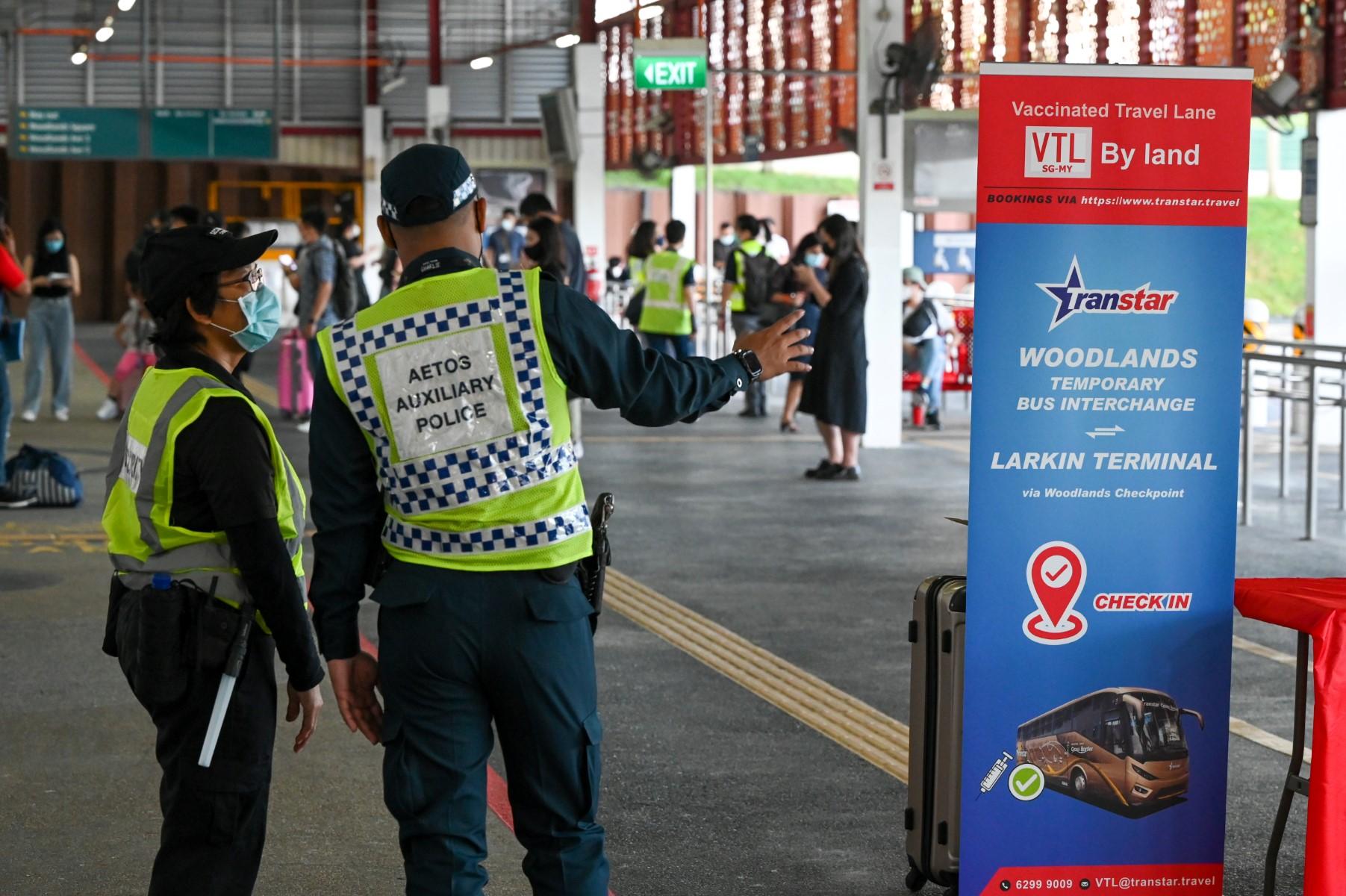More than 4,000 from Singapore entered Malaysia by land in first 5 days of VTL
This is about 60% of the quota allowed.
Just In
Well over 4,000 people travelled from Singapore to Malaysia by land during the first five days of the Vaccinated Travel Lane (VTL) programme which began last week.
According to immigration authorities in the island republic, 4,343 people travelled to Malaysia under the land VTL as of Friday afternoon, far more than the number travelling in the opposite direction.
Under the VTL scheme, a maximum of 2,880 people per day are allowed to cross the Singapore-Malaysia border.
Singapore daily The Straits Times said the 4,343 travellers who entered Malaysia represented about 60% of the quota allowed, versus 690 or 9.5% headed for Singapore.
The VTL programme for both land and air travel began on Nov 29, allowing cross-border movements between the two countries for the first time in almost two years.
According to Reuters, as many as 300,000 Malaysians had commuted daily to the city-state before the pandemic.
The VTL arrangement allows up to 1,440 vaccinated travellers from each side to travel if they hold citizenship, permanent residency or long-term visas in the destination country, without undergoing quarantine.
The Straits Times said a total of 2,771 travellers had entered Singapore from Malaysia by air in the first five days of the VTL scheme.
One Covid-19 case was detected at the Johor Causeway entry point on Nov 29, although Health Minister Khairy Jamaluddin said this would not derail the VTL arrangement.
“Instead, it should be an example of how pre-departure and on-arrival testing and the like are necessary preventive measures,” he said.
“There will be positive cases but the important thing is our diagnostic capability and requirements as well as risk assessment undertaken by PKDs when such cases happen.”
Subscribe to our newsletter
To be updated with all the latest news and analyses daily.
Related Articles
Most Read
No articles found.
